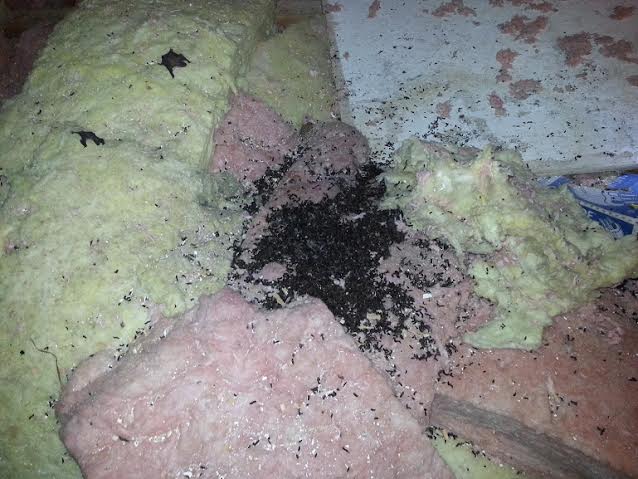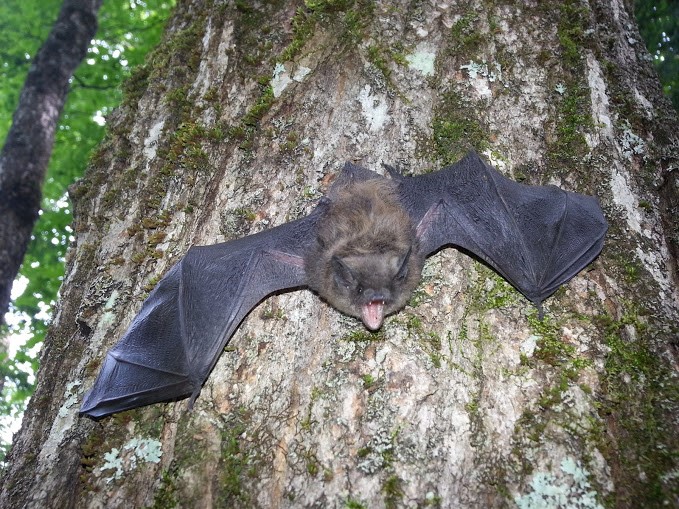Bats play a vital role to our ecosystem. They play significant roles in controlling insect populations. Others pollinate many valuable plants, ensuring the production of fruits that support local economies, as well as diverse animal populations. Even bats droppings, called guano, can be beneficial.
Bat guano makes an excellent fertilizer. It’s fast-acting, has little odor, and can be worked into the soil prior to planting or during active growth. The guano is obtained from only fruit and insect-feeding species.
The term guano originates with the Inca language and loosely translates to describing droppings of birds found near the sea. Today, the term is used for droppings of sea birds, bats and even coast-dwelling seals. In the Inca civilization, guano was a commodity used like money. Access to guano was restricted and was a prized possession. Since bat guano is so rich in nutrients, it played an important role in agriculture. Guano, from any source, also has played a role in wars and territorial disputes, as nitrates extracted from guano can be used to make explosives of the 19th century type.
Guano Uses
There are several uses for bat dung. It can be used as a soil conditioner, enriching the soil and improving drainage and texture. It can be used as a natural fungicide and controls nematodes in the soil as well. In addition, bat guano makes an acceptable compost activator, speeding up the decomposition process.
Bat guano typically contains 10 percent nitrogen, 3 percent phosphorus and 1 percent potassium. Nitrogen promotes rapid, green growth, making bat guano a useful fertilizer, especially for lawns. Phosphorus promotes root growth and supports flowering, while potassium helps plants grow strong stems. In addition to the presence of these major nutrients in bat guano, it also has micronutrients plants need for healthy growth.
Microbes in bat guano have been reported to have bioremediation capabilities. This means bat guano can aid in cleansing toxic soils. The microbes can also increase water-holding capacity and air space by loosening the soil. Bat guano microbes are also efficient decomposers and help control the incidence of soil diseases and dangerous nematodes.
While bat guano plays a vital and valuable role in the environment, you will want to keep it outside your home, as it can harbor dangerous pathogens.
Histoplasmosis is caused by a fungus that grows in soil and material contaminated with droppings from animals, including bats. Bat guano can contaminate the soil and cause infectious spores to be released when the soil is disturbed. These infectious spores can also be released during the cleanup of bat guano in your home, such as the attic or chimney.
Bat guano and urine accumulating in attics and wall spaces attract arthropods such as roaches and mites. The accompanying odor can be quite strong.

Bat droppings inside an attic
Aside from the health risks, bat urine and feces can also damage your attic’s insulation. Accumulations of bat feces can reduce the effectiveness of your insulation and increase home heating and cooling bills.
It is important to contact professionals if you have had bad living in your home, and to have their guano cleaned up. Skedaddle Humane Wildlife Control uses specific health and safety gear when cleaning up bat guano, removing contaminated insulation and can restore your attics insulation back to code.
If you think you have bats in your home, don’t risk your health. Call Skedaddle Humane Wildlife Control today at 1.888.592.0387.



